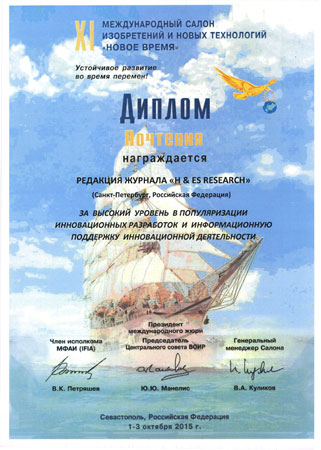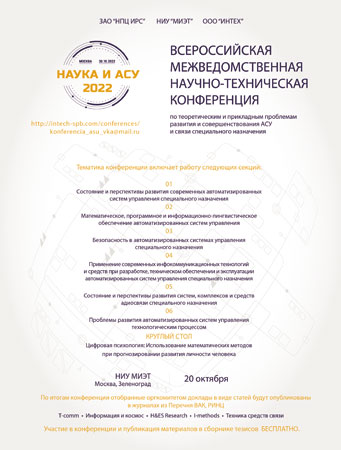The article examines the problem of copyright protection by embedding a digital watermark in a still image by the method of direct-sequence spread spectrum.
At the beginning of this article provides basic information about the use of the digital watermarks, described the main idea of embedding a watermark in the cover image and defined the basic requirements for digital systems, that used watermarks. It is selected the main areas of the image, that used for embedding a watermark, and transformations, which can be used in the selected area. It is introduced theoretical description of the direct-sequence spread spectrum method, the basic equations for the modulation algorithm, procedures of embedding and extraction, and also described the condition responsible for the quality of hidden watermark extraction.
It is introduced the block diagram of the watermark embedding algorithm by the method of direct-sequence spread spectrum with description of the performed actions and list of input and output parameters at each step. It is obtained the plots, that characterizing the properties of the basis functions: the correlation function of pseudo-random sequences, and the dependence of the error on the degree of orthogonality of the cover image to the basis functions.
The results of assessment of quality of a still image after embedding a watermark in it and the quality of the digital watermark after extraction from the original image are represented. The main metrics by which received estimations of quality of the cover image, containing watermark, and the watermark are noted.
As the metrics used Mean Square Error (MSE), Normalized Mean Square Error (NMSE), Signal to Noise Ratio (SNR) and Peak Signal to Noise Ratio (PSNR).
The dependences showing the influence the size of the embedded watermark on image quality have been received. It is shown that the quality of the cover image, containing the watermark, decreases significantly with increasing the size of the watermark. It is analyzed the influence characteristics of the pseudo-random sequence on the quality of the steganographic watermark hiding and the quality of the watermark extraction from the signal of the cover image.



















